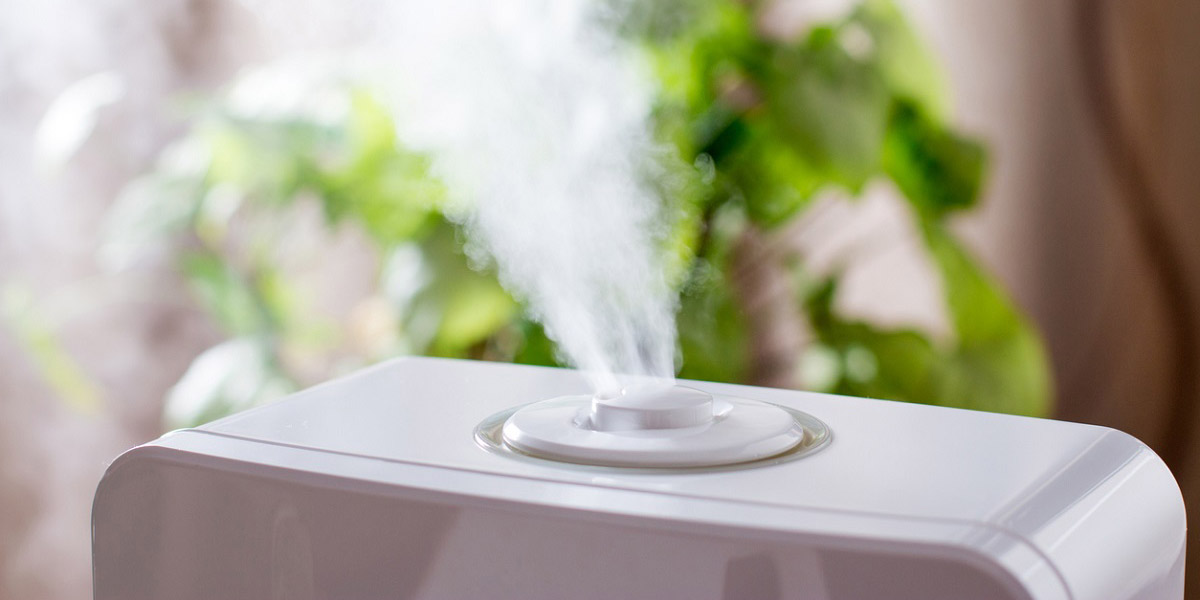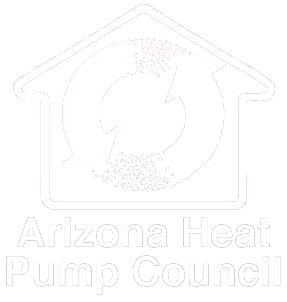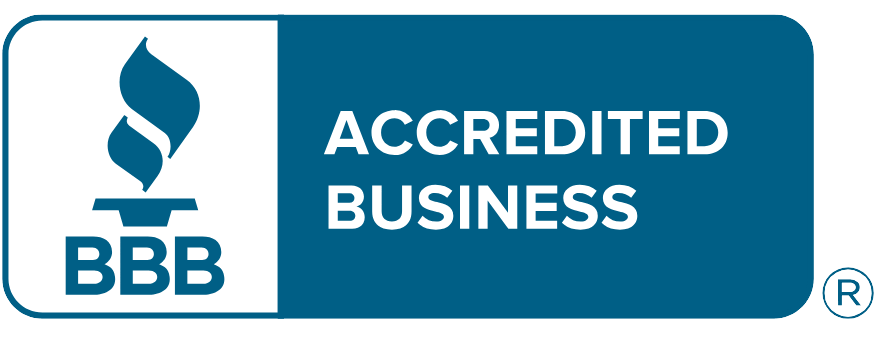 Low indoor air humidity can be a challenge in the winter months for homeowners. Dry air can impact nasal passages, mucus membranes, throats, eyes and skin. It can also dry out wood, paint and other surfaces.
Low indoor air humidity can be a challenge in the winter months for homeowners. Dry air can impact nasal passages, mucus membranes, throats, eyes and skin. It can also dry out wood, paint and other surfaces.
In ideal circumstances, indoor humidity should hover between 40 and 50 percent. Yet, keeping it at that level can be a challenge unless you’re taking steps to regulate the humidity. One option is a room humidifier. This is a small freestanding appliance that plugs into a standard outlet. They can be placed on the floor or on a table or countertop to deliver humidity directly where you’re located without wasting energy on empty spaces.
Today’s humidifiers come with a host of features including cool and warm mist, timers and features to trap contagions. They are inexpensive, portable and easy-to-use. However, they do require regular maintenance to keep them clean. Stagnant air left in a humidifier can become an ideal breeding ground for mold and bacteria.
An alternative to a room humidifier is a whole house humidifier which is an evaporative unit that is part of your HVAC system. Attached directly to your home’s ductwork, it blows vapor through the air ducts evenly throughout each room of a home. Whole house humidifiers also monitor your indoor humidity by measuring the moisture in the air and can operate either manually or automatically based on settings.
Unlike portable humidifiers, whole home humidifiers require little maintenance. There is no risk of lingering moisture so there is no way for mold or bacteria to grow. They are also highly energy efficient and quiet.
Both room humidifiers and whole house humidifiers tackle the same issue of dry air but in slightly different ways. However, both have the ability to increase your home comfort. Learn more about indoor humidity from the experts at Cool Blew.






